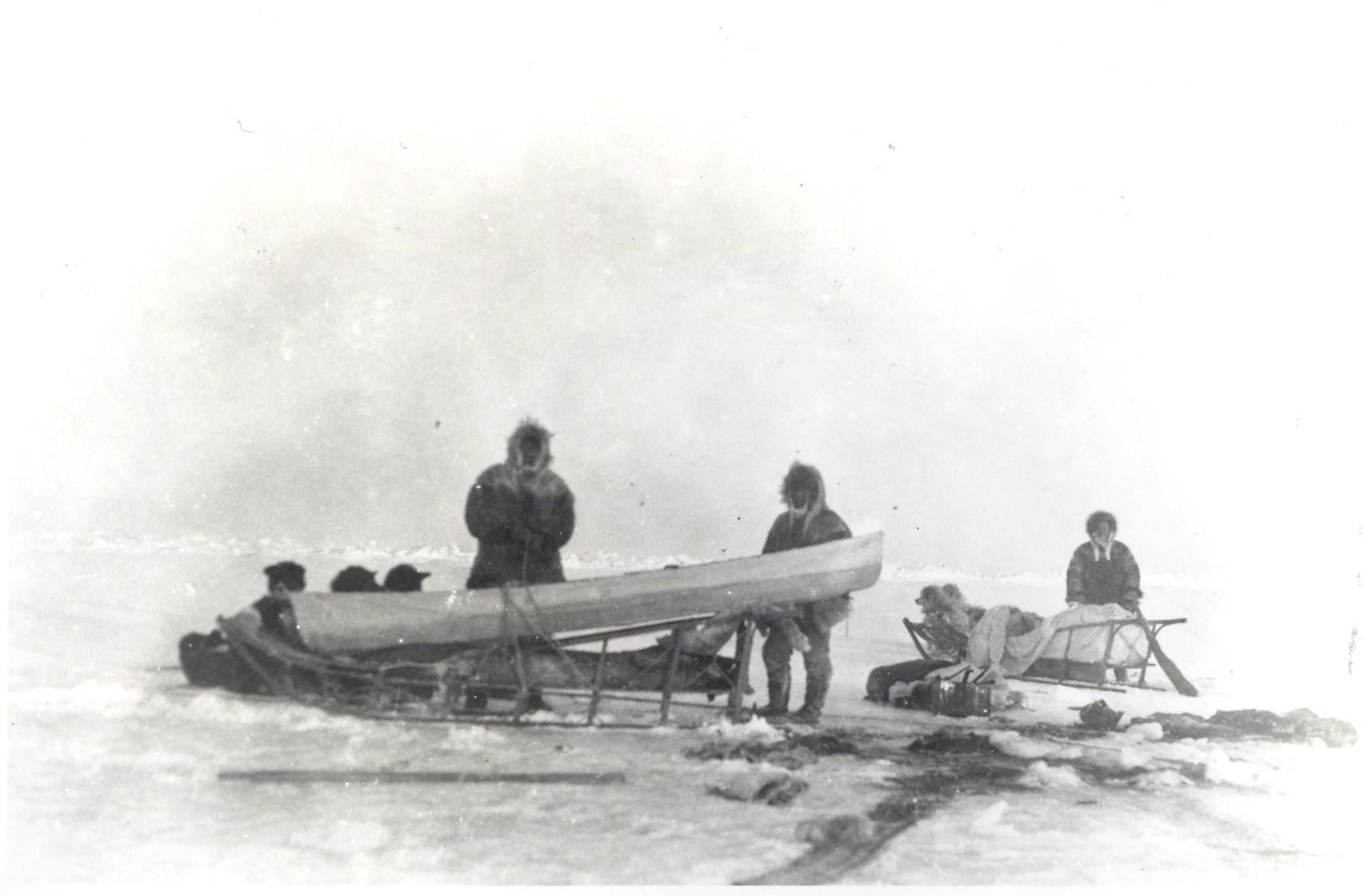
In Canada, “the north” takes on an entirely new meaning. Its lands are vast, wild, steeped in untamed beauty and home to a people with a rich cultural legacy hundreds of years old. But due to great distances and a lack of infrastructure, many northern communities are far not just from each other, but from their very heritage. Under the Digital Library North research project, the University of Alberta is helping to forge those cultural connections in Canada’s north.
In 2012, professor Ali Shiri of the School of Library and Information Studies in the Faculty of Education was presented with an intriguing idea: could the University create a digital library of cultural heritage materials for the Inuvialuit Settlement Region? It’s a tall order: the Inuvialuit Settlement Region is a huge 90,650 km² area home to the Inuvialuit people. They all share a common heritage, yet the majority of their cultural artifacts physically reside at the Inuvialuit Cultural Centre in Inuvik, a journey of several-hundred kilometres for Inuvialuit communities such as Sachs Harbour, Paulatuk, and Ulukhakok.
“In Canada’s arctic, you develop a new appreciation of where ‘north’ really is,” says Shiri, who immediately saw the importance of such an undertaking. After securing funding from the Social Sciences and Humanities Research Council of Canada in 2014, Shiri and co-investigator Dinesh Rathi launched Digital Library North, the first cultural heritage digital library developed for Inuit communities in the western Arctic.
“Digital Library North is bridging the information gap that people experience in the far north,” explains Shiri. “These communities want to have access to their cultural heritage resources, to teach their kids the Inuvialuktun language. And as a university, we have an institutional commitment to ensure the cultural heritages of our Indigenous and Inuit communities are respected and preserved for future generations.”

For the first year of the project, Shiri’s sole focus was community engagement. With thousands of artifacts to digitize, the input of the Inuvialuit people was essential. But once he and his team had identified, prioritized, and incorporated those cultural resources into the digital library, their attention turned to the technical requirements needed to make the library function. With Omeka already chosen as their digital library software platform and the Arts Resource Centre helping set up the open-source application, the next step was hosting and maintaining the server through Information Services and Technology (IST).
IST provided a virtual machine to place the Omeka platform, then handled the maintenance and administration of the server itself. The work was completed seamlessly, and should be in place until at least 2020, thereby ensuring that the support will maintain and sustain the digital library until technological infrastructure in the north is strong enough to take over the digital library server.
Now that Digital Library North is complete and functional, anyone with an internet connection can view its collections. The library’s 4000+ digital artifacts include Inuvialuit books, photos, music, oral histories, family histories, and Inuvialuktun language resources. All three dialects of the Inuvialuktun language have been preserved, along with videos on drum dancing, hunting, whaling, and traditional games and stories.
“As citizens in this country, we have a social responsibility to support our citizens, wherever they are located,” Shiri claims. “Now these remote northern communities can feel empowered and enabled. They have access to cultural heritage materials for self-determination, for language learning, for all the things Canadians are entitled to, regardless of where they live.”
Ready to discover true north? Dive into Inuvialuit culture and explore their digital library for yourself!explore their digital library for yourself!

Sheena Moore — Communications Writer, Information Services and Technology (IST)
Sheena is a Communications Writer with Information Services and Technology (IST). She strives to inform the university community about cybersecurity, G Suite, business transformation, and IT initiatives across campus. You can often find her roaming the halls of GSB, searching for grammar mistakes to correct.
An earlier version of this article was originally published on March 5, 2018 by IST.earlier version of this article was originally published on March 5, 2018 by IST.